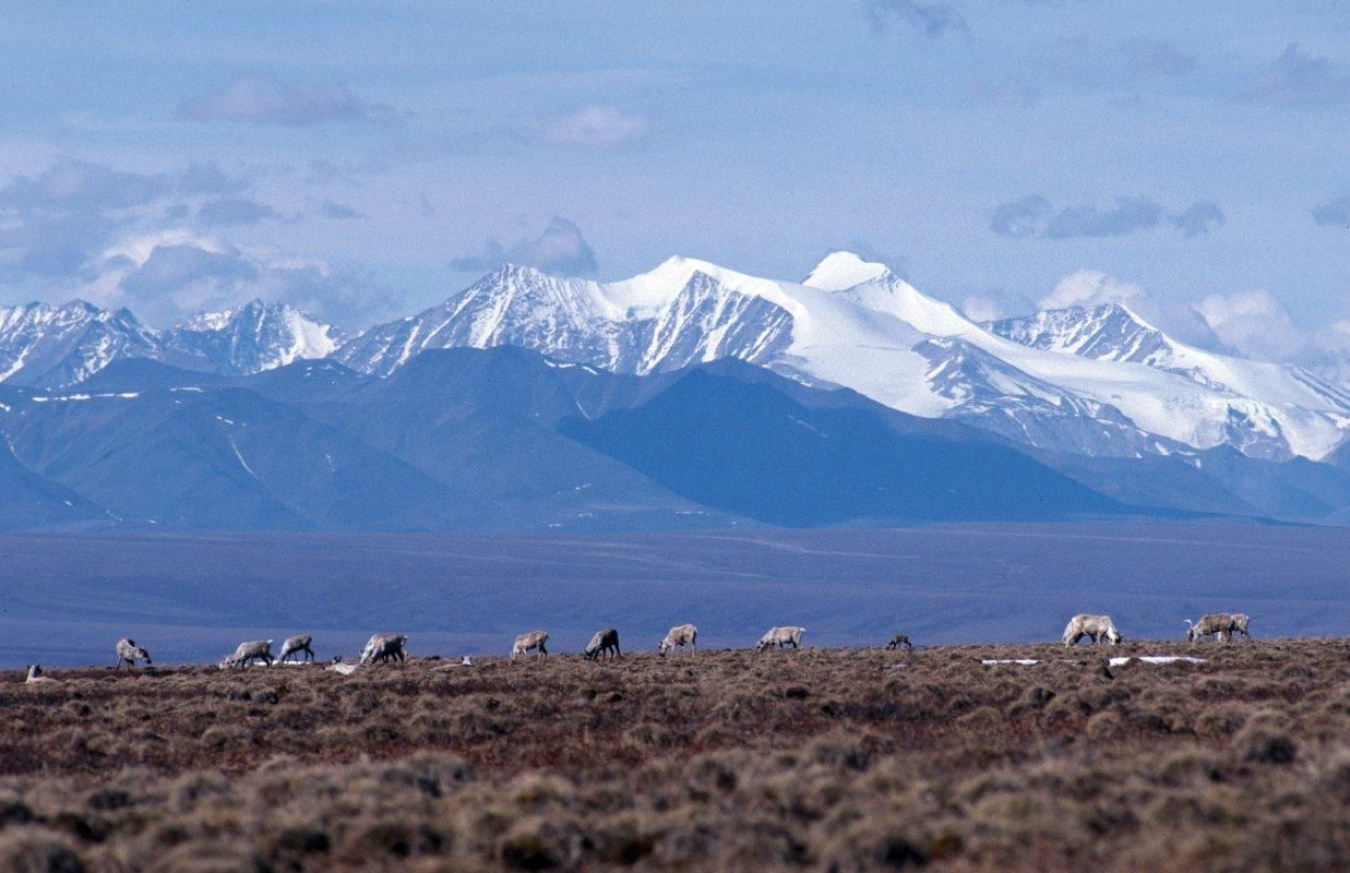Building on a project sponsored by the U.S. Department of Energy, Linc Energy is exploring the potential for accessing significant amounts of oil in the Umiat oilfield, a shallow, low-temperature, light-oil reservoir within Alaska’s National Petroleu...
Hydrocarbons and Geothermal Energy Office
October 18, 2013
Building on a project sponsored by the U.S. Department of Energy (DOE), Linc Energy (Brisbane, Queensland, Australia) is exploring the potential for accessing significant amounts of oil in the Umiat oilfield, a shallow, low-temperature, light-oil reservoir within Alaska’s National Petroleum Reserve. In the process, they’re shedding light on how this and similar reservoirs could be successfully developed to increase supplies of domestic oil and natural gas.
Located in the foothills of the Brooks Range, the Umiat field was discovered in the late 1940s, but it hasn’t been developed because the deposit resides in the permafrost and the field is remote from any infrastructure, including roads and pipelines. Now, with rising oil prices and the advent of horizontal drilling techniques, this and similar fields are becoming attractive targets for possible development.
In the 5-year, DOE-sponsored project, completed in December 2012, researchers at the University of Alaska Fairbanks collected new geologic data from existing cores and outcrop samples and then combined the new data with legacy well data from the 1940s and 1950s to develop a robust geologic model of the Umiat reservoir. The model yielded an estimated original-oil-in-place of approximately 1.52 billion barrels and up to 99 billion cubic feet of associated natural gas.
The researchers used simulation models to determine that injecting cold natural gas into the reservoir would be the best way to recover the field’s oil. Other production techniques, such as water flooding or steam injection, were precluded due to the low reservoir temperature and concerns about the permafrost. Five to seven well pads, each with multilateral horizontal wells in a wagon-wheel pattern, would maximize reservoir access while minimizing the environmental footprint. Modeling results indicated that 12–15 percent of the projected oil in place, or about 200 million barrels, could be recovered using cold natural-gas injection over the 50-year projected life of the field. This far surpasses the 1950s estimate of 70 million barrels of recoverable reserves.
Linc Energy, who worked closely with the University of Alaska Fairbanks during the DOE-sponsored study, initiated a drilling program in the Umiat field during the 2012–13 winter drilling season. In early March 2013, they began drilling and testing a shallow vertical well (Umiat #18) in the primary reservoir interval, the Lower Grandstand sandstone. They encountered 100 feet of net oil pay and recovered 300 feet of core, which was kept frozen for future analysis. The well was then deepened to assess the resource potential of deeper sand reservoirs. Finally, the well was plugged back to the Lower Grandstand interval and flow tested.
Although the company’s original plans included drilling a horizontal well into the same interval for comparative flow testing, a delayed drilling start, caused by low snow cover and subsequent record-low temperatures, shortened the drilling season and led to the well’s postponement. Linc Energy plans to drill the horizontal well (Umiat #23H) next year.
If the Umiat field reaches commercial development, it could provide new oil sources to curb the dwindling flow rates experienced over the past two decades in the trans-Alaska pipeline. It would also provide new techniques to produce similar low-pressure, low-temperature deposits, thus opening up possibilities to explore for a new type of unconventional hydrocarbon in the Arctic.
The National Energy Technology Laboratory (NETL) managed the original study for DOE’s Office of Fossil Energy. For more information, including the project’s final report, visit the project webpage on the NETL website.

